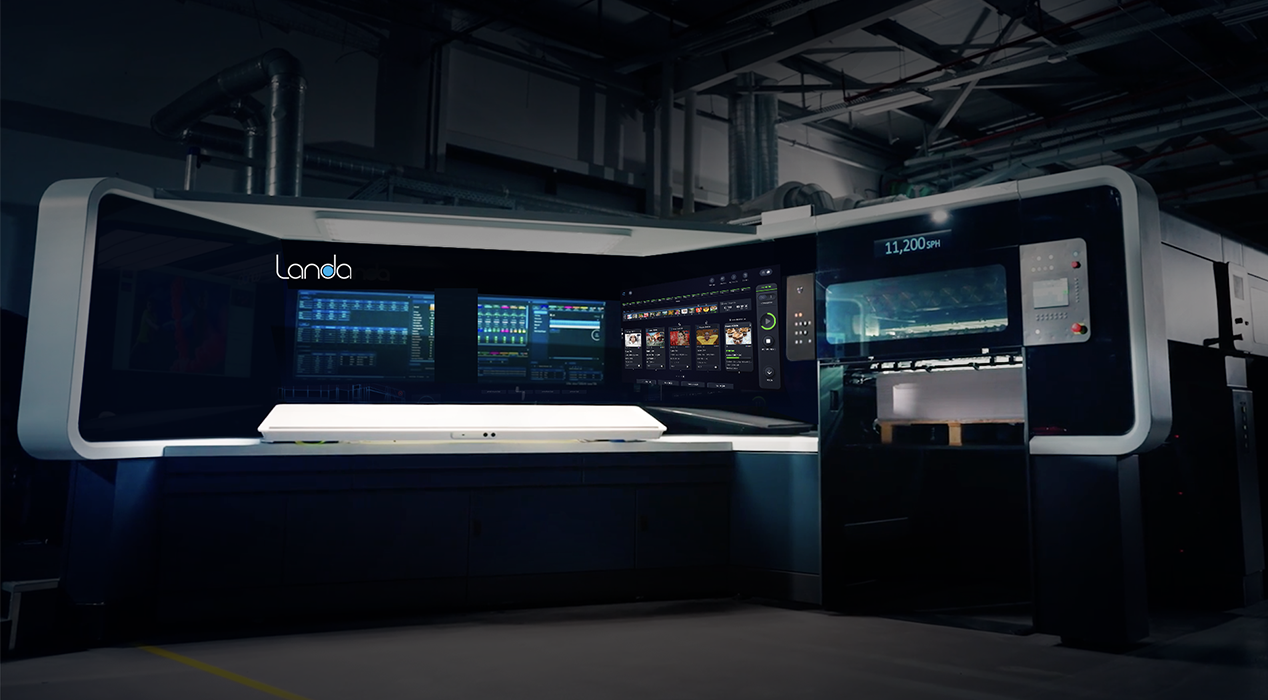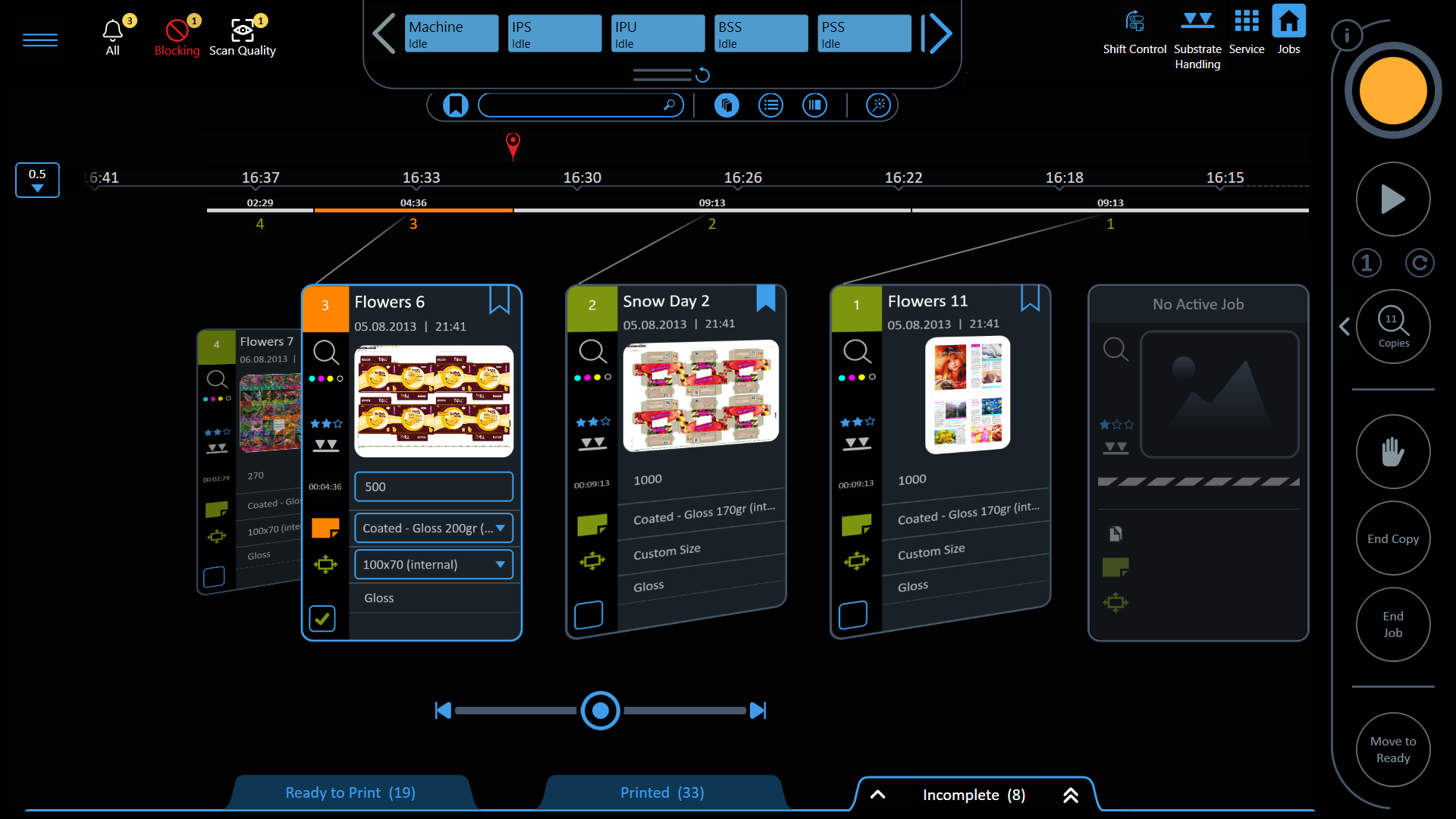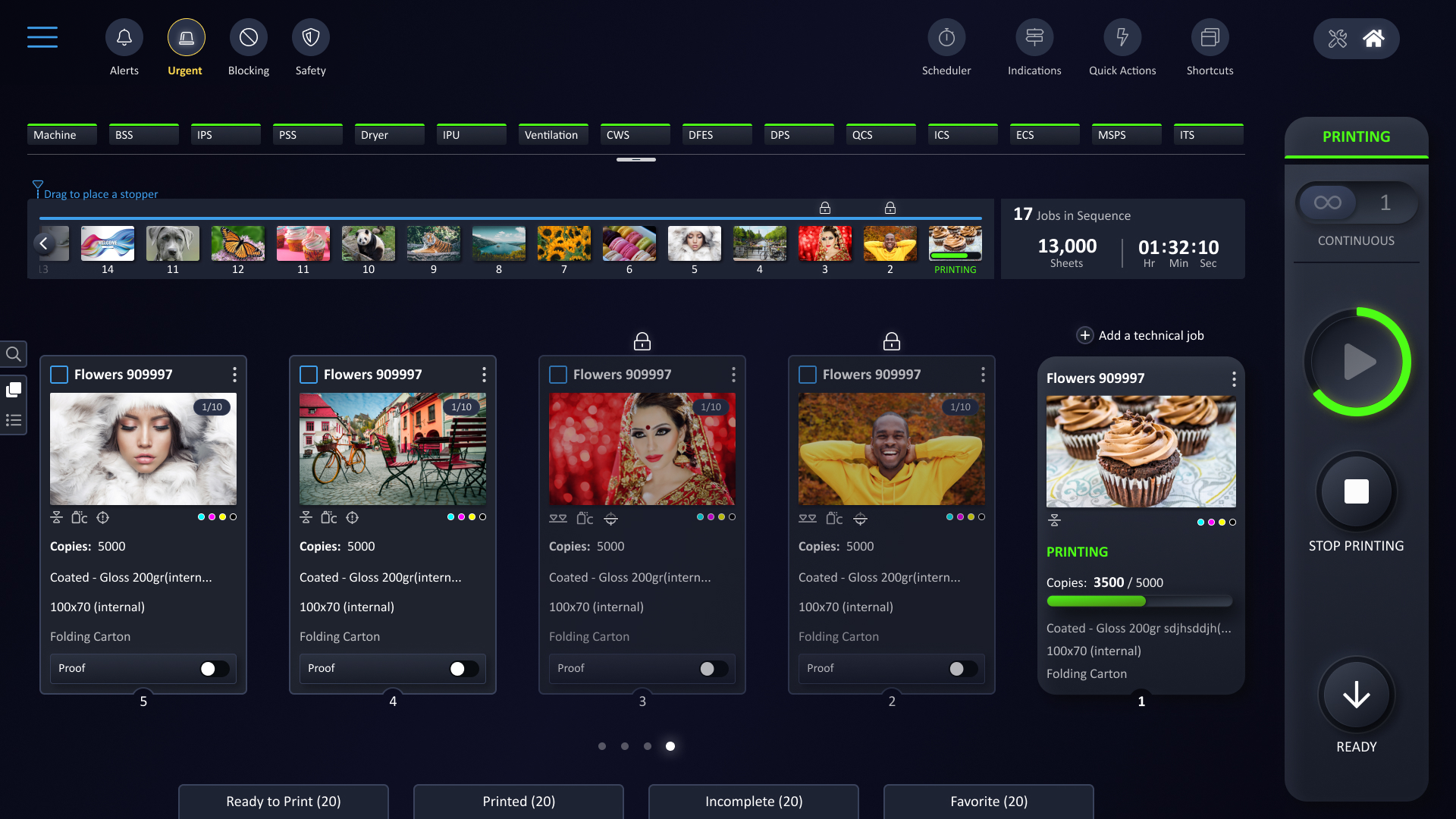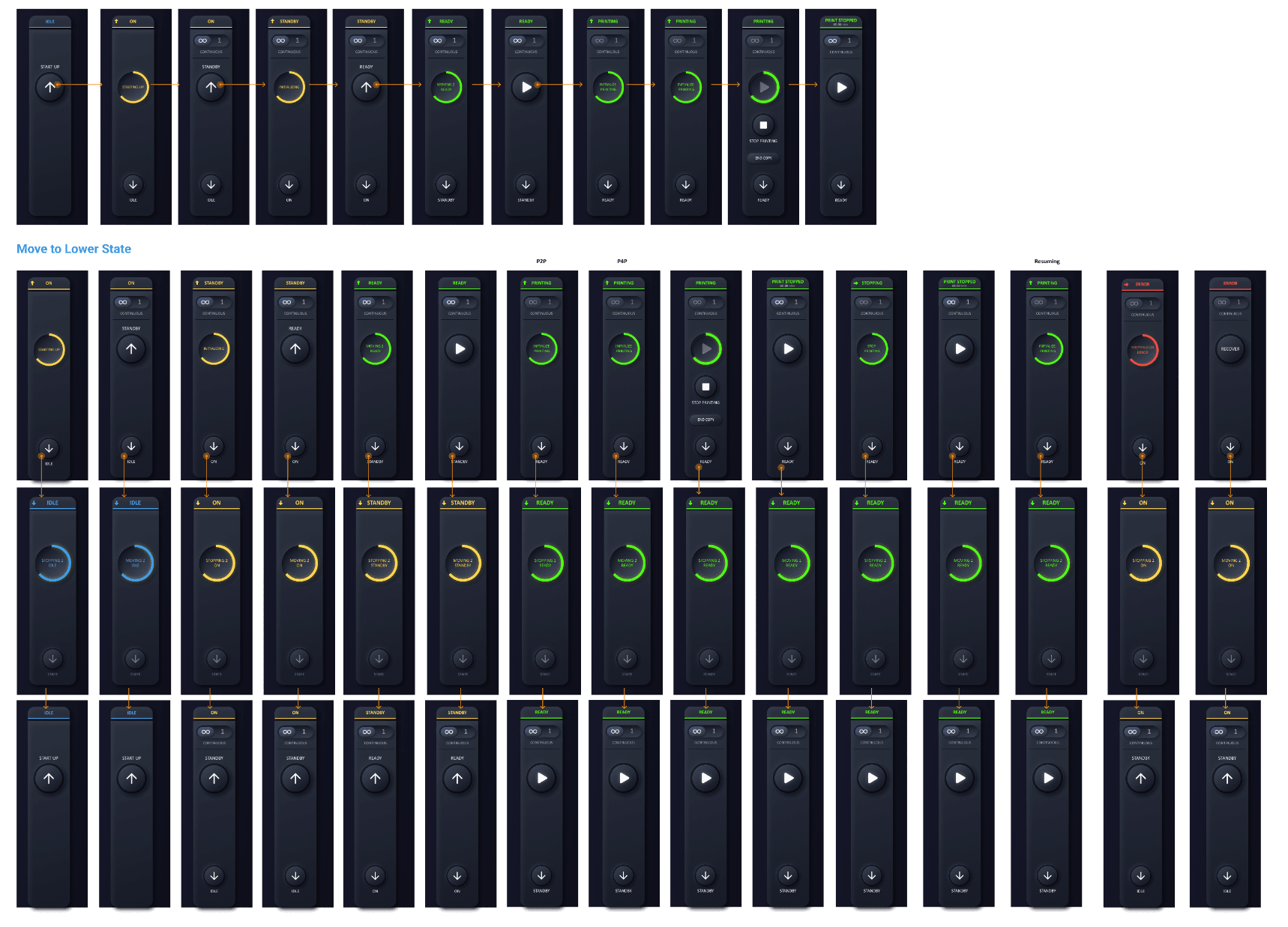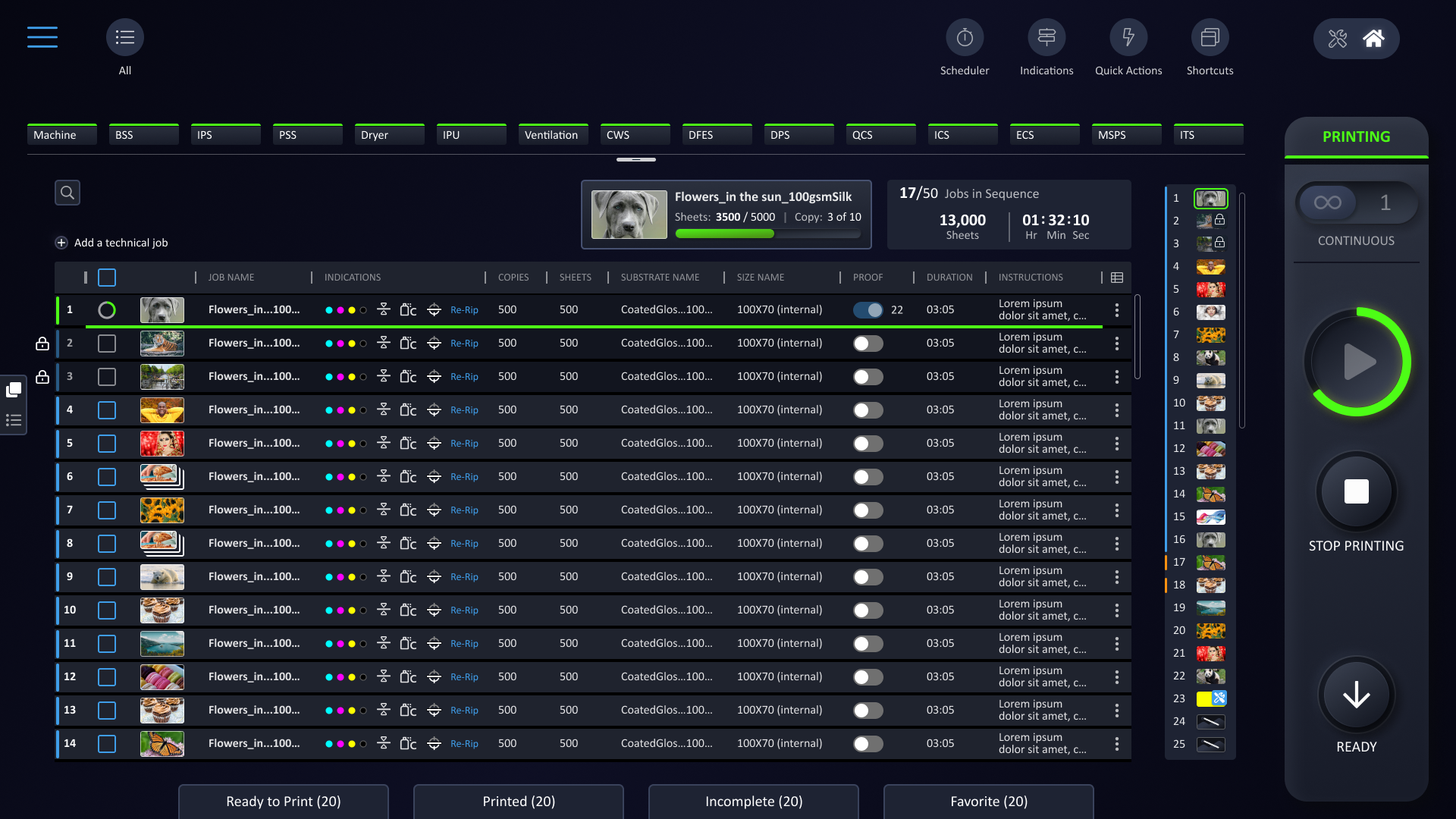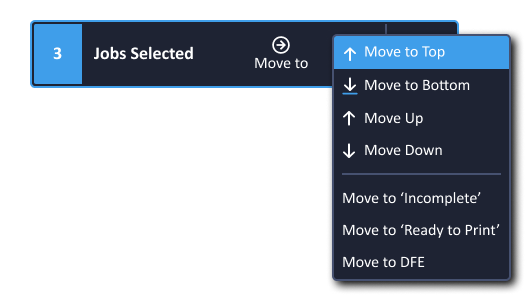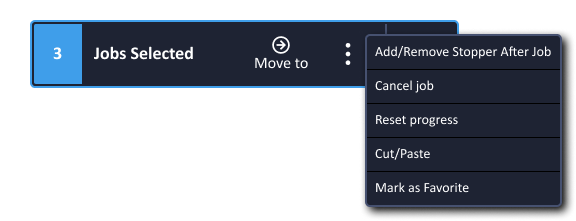Printing presses are complex machines with many interconnected subsystems. Designing the operating system demands deep knowledge of technical and human factors. The main challenge is simplifying complexity so operators can quickly understand and act on the presented data.
Balancing advanced technology with usability, ensuring smooth interaction between the interface and the machinery while minimizing cognitive load.
The design must accommodate operators with varying levels of technical expertise, especially those transitioning from traditional offset presses, which can be overwhelming given the high-tech nature of the digital press.
